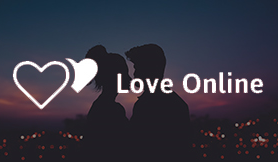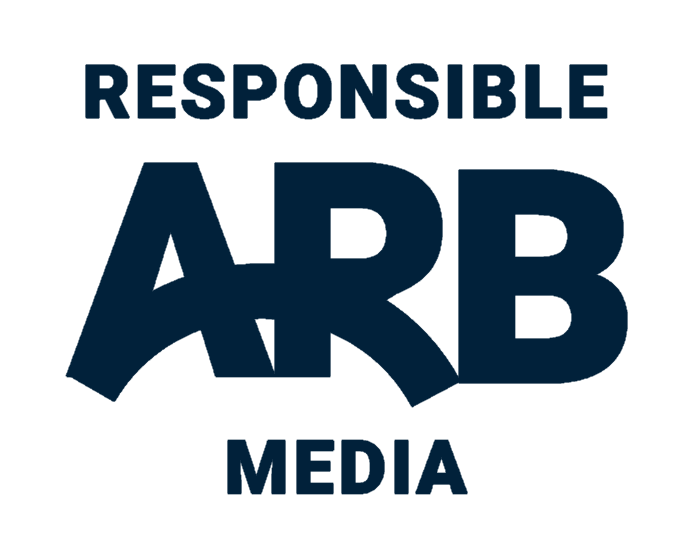South Africa
What to expect from 5G in SA─── 12:50 Sat, 20 Feb 2021

A new research report by Africa Analysis sheds light on how we can expect the South African 5G market to evolve over the next few years.
Africa Analysis is a market research and analysis consulting house working in the ICT sector across Africa.
The report was published ahead of the high-demand spectrum auction planned by the Independent Communications Authority of South Africa (ICASA) for the end of March 2021.
ICASA also plans to license the Wireless Open Access Network (WOAN) operator around the same time.
That is if lawsuits instituted against ICASA by Telkom and MTN do not cause yet another delay in assigning this prized spectrum.
Both operators, who have submitted applications to participate in the spectrum auction, are not happy with aspects of the auction process.
The report from Africa Analysis illustrates the potential impact of further delays on the roll-out of 5G networks in the country.
Although 5G is in its infancy in South Africa, it could see 11 million subscribers and 43% population coverage by 2025, if all goes well.
This represents significant growth from the estimated 90 000 subscribers and 4.4% population coverage at the end of 2020. The mobile operators have big plans for 5G infrastructure deployment.
5G is expected to continue building on the 4G (LTE) services but will eventually enable a far broader range of use cases and new technologies.
It will even enable the use of robots to perform an array of tasks presently performed by humans – something we have been reading about in science fiction novels for decades.
5G will use different spectrum frequencies for different infrastructure deployment which will serve different purposes when it comes to use cases in the business, consumer, and public spheres.
The report illustrates which use cases are likely to see initial uptake versus those which will emerge later, and which will see uptake by various vertical sectors of the economy.
At 73% year-on-year growth, 2020 saw the highest increase in mobile data usage in three years, reaching a total of 2.6 exabytes for the year.
This was due in large part to the Covid-19 lockdown restrictions and much of the social, educational and even business activity taking place from home.
This demonstrates the requirement for high-speed, good quality broadband connectivity for the home which will form the foundation for a subsequent range of home applications.
The Enhanced Mobile Broadband (eMBB) use case will be the first and probably the most extensive to be used by the consumers.
In this regard, 5G will complement but also compete in some areas with fibre-to-the-home.
The key drivers of 5G services uptake will be:
Requisite spectrum assignment.
Low-cost smartphones and other devices.
Prepaid offerings.
Network roaming.
The existing operators have entered into strategic roaming agreements with each other.
Additionally, the WOAN will drive competition in the market through the provision of wholesale services to retail service providers.
The enterprise market is expected to be the main driver of the more sophisticated use cases, with 5G enabling technologies such as:
Internet of Things (IoT)
Real-time Analytics
Artificial Intelligence
Augmented/Virtual Reality
IoT will see significant growth on the back of 5G across different vertical sectors.
Mining, manufacturing, agriculture, utilities (energy and water) will be some of the first and main verticals to implement it extensively for process automation and better resource management.
The report provides a timeline of the expected emergence of various use cases across verticals.
To achieve the intended uptake, the operators who end up having additional spectrum licenced (including the WOAN) are expected to invest heavily in network infrastructure, both further 4G and 5G rollout.
Spectrum in the 3.5GHz frequencies, to be assigned later this year, will see the most use for 5G deployment over the next five years, with close to 30,000 5G sites being commissioned.
This will also account for most of the population coverage. The remaining sites will be built using the 700MHz and 800MHz frequencies (although this will mainly see 4G deployment) and the high-band frequencies, from 26GHz and 28GHz upwards (currently held by some operators in the market).
All three spectrum frequency bands are suitable not only for eMBB but also for massive Machine Type Communications (mMTC) and Ultra-Reliable Low Latency Communications (URLLC).
In general, 5G will require greater site densification than 4G which will require more fibre for backhaul and will present opportunities for the provision of fibre-to-the-site links.














